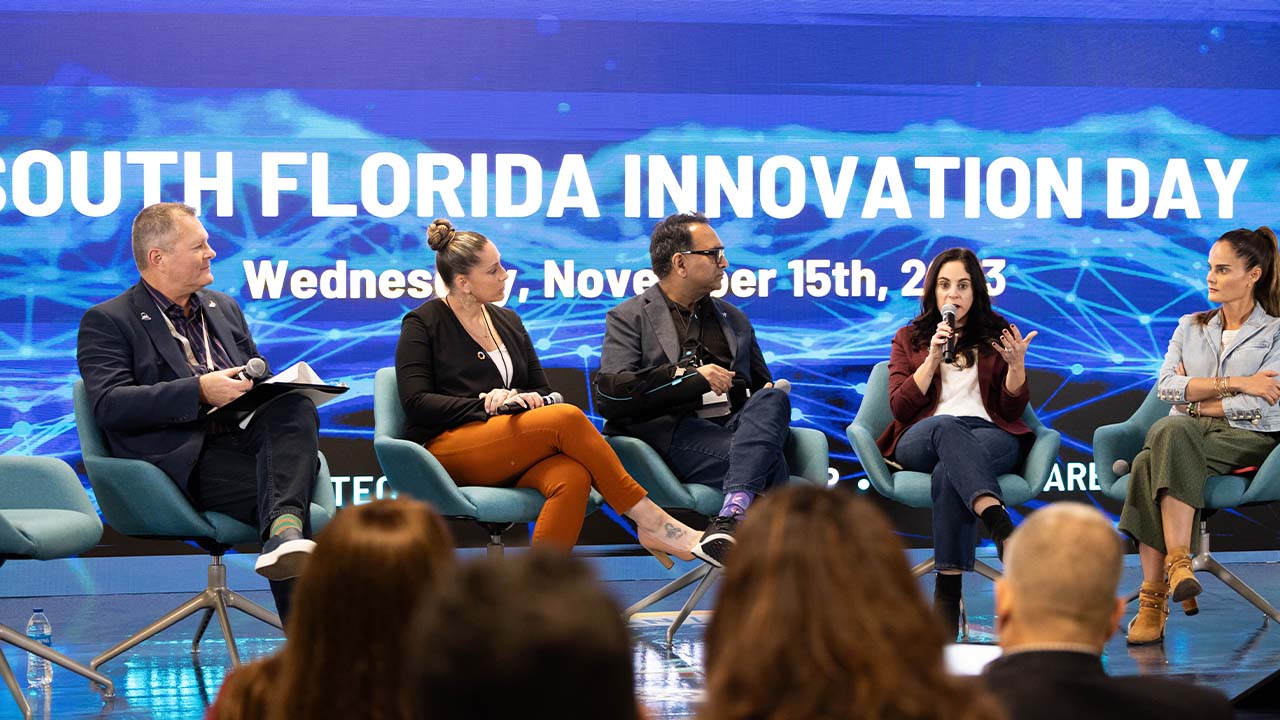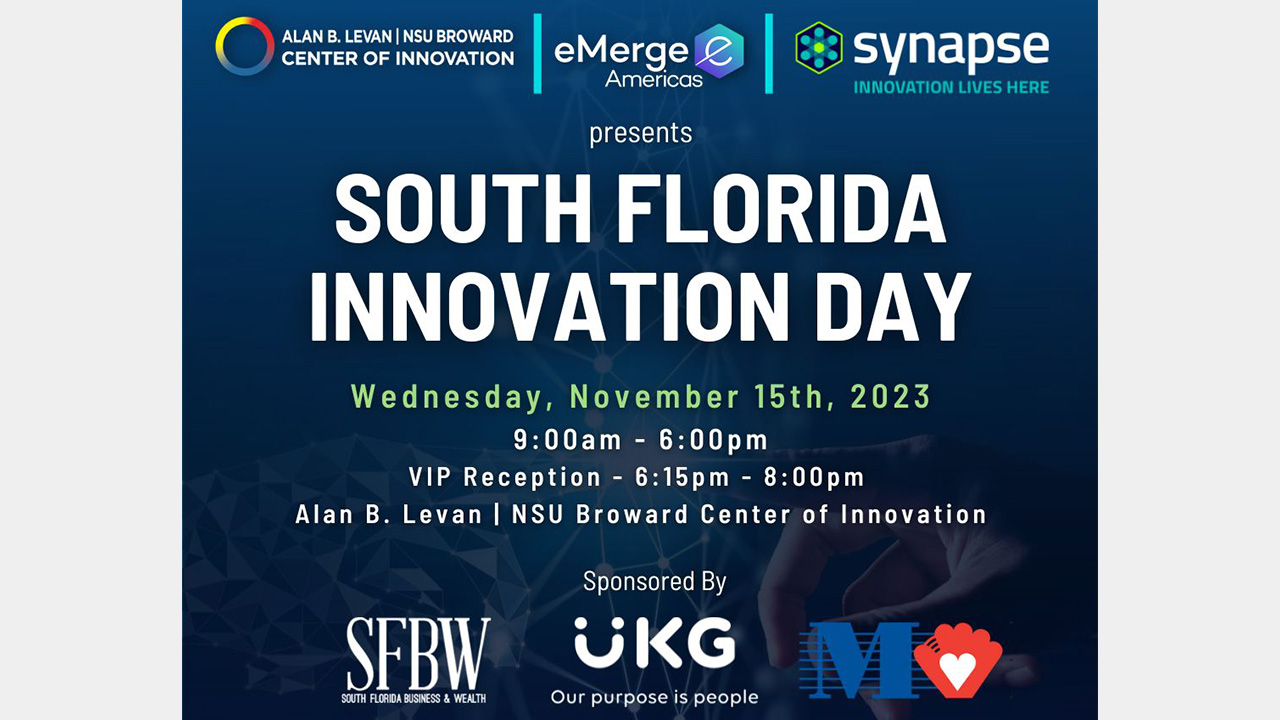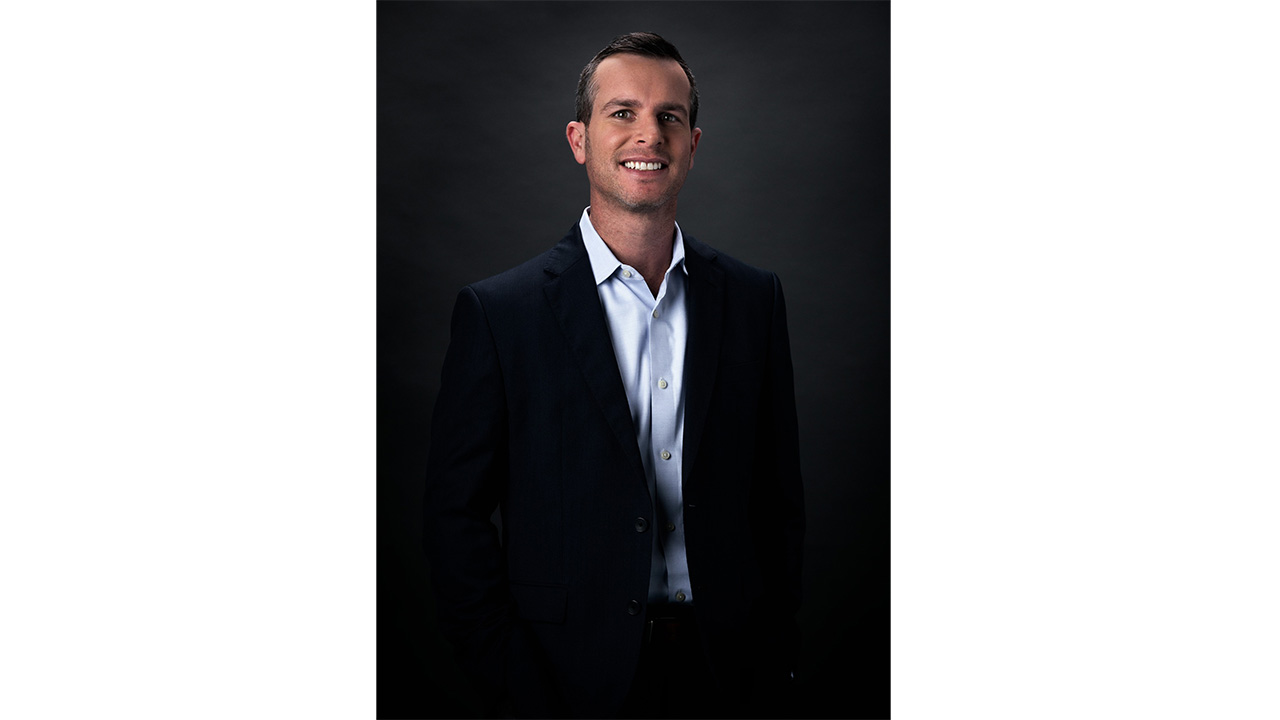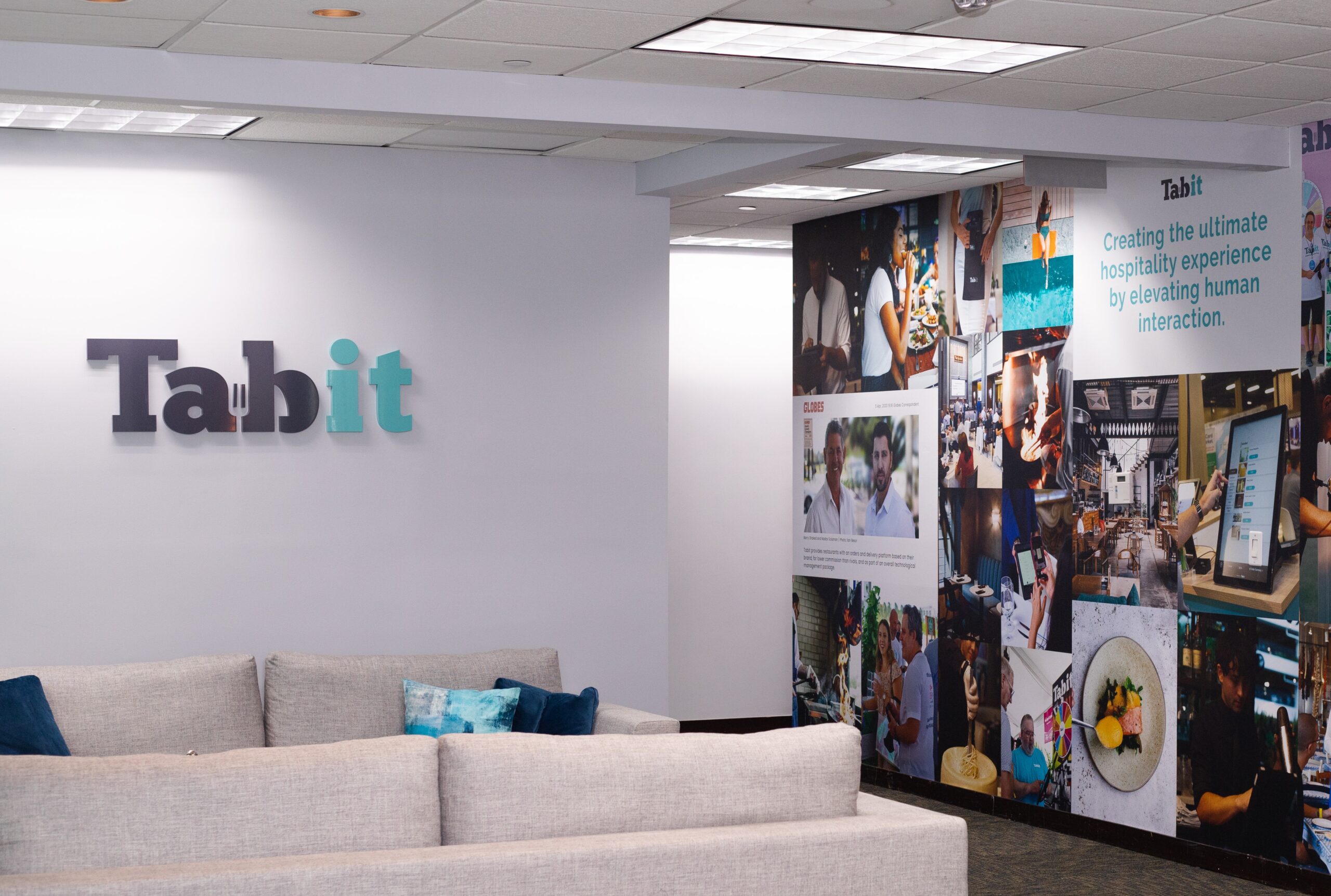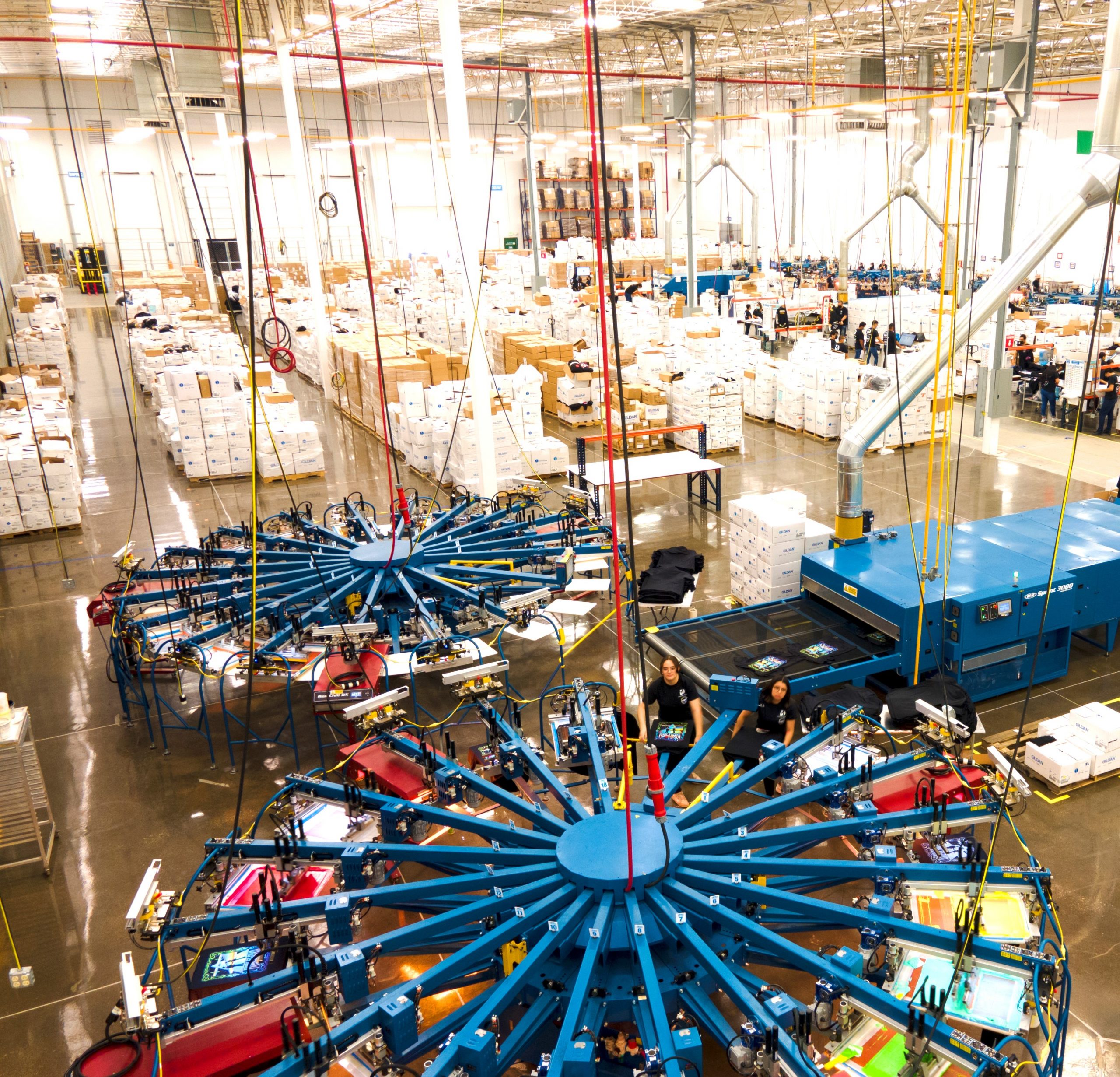[vc_row css_animation=”” row_type=”row” use_row_as_full_screen_section=”no” type=”full_width” angled_section=”no” text_align=”left” background_image_as_pattern=”without_pattern”][vc_column][vc_column_text]When John Camp walks into a company he often sees a common theme and knows exactly what to expect: an IT team that is overwhelmed and frustrated.
Their systems might be outdated, they may be wrestling with integration issues, data overload or perplexed with how to migrate applications from on-prem to cloud-native applications on Azure or AWS.
“Most of the time I come in because a client is experiencing some sort of transformation that is creating chaos. I am following chaos,” he says.
Camp is a transformationalist and an executive advisor at Think, a privately owned technology and operations advisory firm that provides on-the-ground transformation and consulting.
Over his 20-year CTO career, he engineered transformations at Thomson Reuters, Wolters Kluwer, Bloomberg BNA, and Compass Learning. He is now using that experience to help mid-market companies avoid many of the same challenges he would find in these larger companies.
“When I arrive at my clients, many of the employees don’t see a way out, they see that there is more expected of them with ever decreasing resources to work with. The frustration has often reached a demoralizing state,” he says. “I show them that there is a way to get out from under this without additional resources and that they can get more done with an improved process, automation, and discipline around how to not say no, but instead, yes. Then they really get excited.”
Camp believes that too many companies are caught up in the day-to-day battles and they are operating their businesses just to keep the lights on instead of focusing on driving innovation or advancing their products.
We spent time with him discussing one aspect of what is holding companies back and why companies become stuck with the “Keep the Lights On” (KTLO) mentality and how they can adopt a mindset that focuses on the future.
Q. Tell us about “KTLO” and where are companies going wrong?
A. About 10 years ago, Gartner coined the term “Keep the Lights On.” At the time, they believed that with companies, especially technology organizations, that 90% of time should be spent on innovation and 10% on KTLO. While the definitions and expectations have changed, most companies are spending too many resources on running the business instead of growing the business.
Q. That seems aggressive. Is it even doable?
A. The vast majority of every company that I walk into on a consulting basis (as when I was the CTO), was the other way around. It was probably 95% KTLO and very little time was spent on driving innovation and driving the business forward.
Q. Why was it flipped?
A. The reason for that is multi-fold. Technology people are pretty good about creating work where there is none. If you think about it, it’s a mantra similar to the old days where you don’t automate a broken process. Get rid of the process or fix the process, but certainly don’t automate it. But in this day and time, there are so many tasks or processes in both the product development side of IT, as well as core IT, which would be data centers, IT, infrastructure and the like, and security that are just no longer needed. The way we think of it at Think is: If it’s not your competitive advantage, get somebody else to do it because they’re going to do it better, cheaper, faster and more reliably than you can do it. Focus your precious resources where your domain knowledge is a competitive advantage.
Q. Give us an example of how somebody else can come in and do it better, cheaper, faster.
A. One example is you don’t need to manage your own data center. When I got to Bloomberg BNA, there was no reason to manage a data center. It was a publishing business. We didn’t need the data center in our office tower. Now, the Bloomberg terminal, on the other hand, you want to manage the data center because it’s the most proprietary information in the world, and you don’t want anybody else having access to it. But Bloomberg was a unique animal in that most companies don’t need to manage their own servers. They don’t need to patch their servers, upgrade their servers. They don’t need to build and test disaster recovery and business continuity because you can buy that with colos (colocation), you can buy that with public cloud, or you can just buy a SaaS solution like Salesforce or Office 365 for email and the like. So that’s eliminating some of the unnecessary work part.
Q. Do you see a lot of companies just say, “No way. We have to manage our own internal systems”?
A. Yeah. Even with one of our large publishing clients as commoditized as their business is, they believe that they should be managing it themselves. And even as they move from data center to AWS (Amazon Web Services), they believe that they should be managing it 100%. When I got there, I said, “You are partners with Red Hat. Have you asked what Red Hat would charge you to manage the entire AWS environment?”
Q. Well, how did it go?
A. It turned out that they could get the same or more AWS capacity fully managed by Red Hat for less money than they were paying to do it themselves, not even counting the labor, just contracting out the AWS environment. So, it’s helping companies figure out what their real competitive advantage is, and then if it’s a commodity jettisoning that very fast.
Q. Is it important to lock in with one provider?
A. That question brings us to the second part of the KTLO, which is, don’t get so embedded with a single provider that you can’t easily move.
Q. Is there an easy way to operate with more than one provider?
A. There’s a technology call Kubernetes, and it’s really just containers. If you build it for AWS, you could run it on Azure, you could run it in Oracle, it doesn’t matter. You’re moving the container from one environment to another, and they all support Kubernetes today. But the problem has always been the technical teams are generally reluctant to offload the commodity activities because they believe they can either do it better or cheaper, it’s their primary skill and what are they going to do if that goes out because that threatens them directly, right?
Q. Have you ever seen a CTO sit down and grind through a cost, benefit analysis?
A. That’s the challenge. A lot of companies haven’t gone down that path, but from a strategic perspective, the first thing that they have to do is eliminate whatever unnecessary work they can do to get out of this Keep the Lights On mentality. And there is just no question, there’s a target-rich environment out there, especially for the smaller companies.
Q. Is the resistance a fear of losing control?
A. From the IT perspective, it’s that they think they’re going to lose control, and they’re going to lose an opportunity to keep their skills sharp. They’re going to become bureaucrats and not technical people. Most of the time, if you’re in a company below $1 billion in revenue, you’re not a very good technical person, anyway. The really good ones are either at small startups and as an owner, or they’re in large organizations like Amazon, Google, Apple, Microsoft that are building these compelling products that can be used by millions of customers, not by one customer.
Q. Companies have a few different paths they can go down, right?
A. You could be managing your own soup to nuts. Then you have a lot of people that are saying, “Yeah, why don’t we just move to Salesforce? We don’t have to worry about backups, we don’t have to worry about disaster recover, we don’t have to worry about the security. We know it’s built and robust, and we get all of certifications associated with security just by using it. Otherwise, we have to go through all the certification of our own, to prove to our affiliates that we’re secure.”
Q. What are the risks if you manage your own data center?
A. A company I know well had everything on-premise, was hacked, had a ransomware attack and it nearly took them down. I started with them in June of last year and I said, “Look, there’s no value for you guys to run this in your own data center. You need to fix the application so you can run this in Azure, so that you get all the legal certifications and protections.” This ransomware attack locked up every server and workstation in the company. Luckily, they had good backups. They were out of commission for about a week but didn’t have to pay a ransom.
Q. How does this tie back to KTOL?
A. Initially outsourcing their data center and management to Azure would have blocked this ransomware attack at the very beginning. So now that they’ve made the switch, something like this will never happen to them again. And this is where so many companies resist. They’re afraid to make an investment, but then that just continues to drive that KTLO cost up, up and up. So, the first part is just eliminating the thing. Don’t automate it, don’t improve the process if you can get rid of it completely. Then, the second part is, once you’ve pruned all that stuff, there are lots of automation opportunities that didn’t exist a couple of years ago.
Q. Give us an example of automation opportunities?
A. One is Robotic Process Automation, or RPAs. Think is building a practice around RPA. The idea is that these tools have driven significant advances over the previous generation of tools. And so, what we see today is most companies are picking very specific tasks to automate, but not really understanding which of the automation activities would improve the productivity the most. And what I see when I begin helping these clients is generally that the organization is so heavily siloed within a process. They have so much going on and so much they’re involved in. For example, in a company you’ve got marketing, sales, maybe e-commerce, finance, if you’re big enough you’ve also got a separate department for accounting. Most of these folks aren’t looking to improve the process, they’re looking to improve their little thing within that process. Everything else is too much work.
Q. What you are saying is that if one of the teams automates, it does not help the overall organization?
A. That’s right. But when companies take a step back and document the overall process from end to end and fully understand the current state, then they can build what we call the digital twin. And that used to be really hard. You’d have to bring in a Six Sigma expert for months to document current status, current state of your process, and then you would have to figure out which thing you could do to improve that the most.
Q. Talk more about the digital twin.
A. We are working with a company now and have brought in the expertise to map out current state processes quickly. And we created a digital twin which allows the company to make its adjustments in the twin and see, did it help or hurt? Our client doesn’t have to manually do anything, and it works through the payloads much, much faster than it did when it had to have a Six Sigma master black belt spend six months to a year mapping out the current state. Most companies just gave up. They’d say, “I can’t afford that. That’s a waste of time and resource. I’ll just keep doing it the way I’ve always done it.” So, we’re seeing a lot more companies use tools like Business Optics and expertise from companies like Think, that can map out these processes, test the scenarios and make more rapid changes with not perfectly predicted outcomes, but better predicted outcomes.
Q. We’ve talked about infrastructure and automation would you address product development?
A. You hear the term Agile all the time, I guarantee it. The idea of Agile was really to, in two- week increments, define what it is you’re going to do, develop what you’re going to do, test it, and deploy it to production. Not to some holding product. And so, think about that. If you think back to the Waterfall Project Management days, we might spend six months on the requirements, two years on development, another six months on testing. And by that time the whole market had moved, and you’ve invested three years in a pile of junk nobody wants. And so that’s what really changed the model, is the market moves too fast to have a one-year project.
Q. Is anybody out there moving as fast as the market demands?
A. When Zoom found that they had problems, they were delivering new things every two weeks. That doesn’t work in the waterfall days. Zoom would have gone out of business if they had waited a year to fix some of those problems, but because they were built with Agile, they could quickly respond to changing conditions. If you’re an Office 365 user, they’re updating Office 365 every week. They’re making a modification, or a bug fix. Apple is the master at this. They are updating probably every two to three weeks, either minor or major system changes to iOS, to macOS to tvOS. And all that has to happen well-orchestrate, and not a year from now, not two years from now.
Q. Agile is all about speed, testing and perfection. It’s the antithesis of KTOL.
A. Under Agile, we’ll do our development in two weeks sprints and then at the end of two weeks we’ll do the testing, and then at the end of testing we’ll do the deployment into production, and it just falls apart really. Think refers to that as Water Scrum Fall. All you’re really doing is a waterfall process in two-week development sprints. And that’s Agile in name only. And one of my clients said most companies use Agile to avoid the discipline of waterfall, and he’s absolutely right. So, how to eliminate churn on the product development side is you do the development, you do the testing, and you do the deployment in two-week increments, and there’s no exception to that? You’ve got to be doing that in two-week segments. You can do some of the definition before that, so that when you hit that point, you can do development, testing and deployment. Well, if that’s all manual, it’s very hard to get it done, so you have to do testing automation to get there, and you also have to do what is called continuous integration and continuous deployment.
Q. Okay. What do you mean by continuous integration and continuous deployment?
A. That means as soon as you hit go, it goes through the test, it tests it, it hits the deployment pipeline, and it ends up in production ready status. So, if somebody in marketing says, “Look, I don’t want this to go on Monday. I want it to go on Wednesday because we’re going to do a splash with it,” they can throttle it, but there’s no technical involvement, it’s really marketing or sales or business drivers that would change that. So, most companies have just fallen victim of this Water Scrum Fall and they don’t get it done. And there is so much efficiency that has been gained by those folks that have done true product develop, true Agile product development. If you do it right, that’s the other angle for really reducing KTLO.
Q. So, all of this boils down to efficiency and operating as efficiently as possible so you can focus on driving innovation?
A. As you start seeing how these puzzle pieces fit together, you have: eliminate the unnecessary, automate those things that are necessary but repetitive, and then streamline everything so that you can get it in. Your innovation pieces into production very fast because the first two parts are eliminating minutia. The last part is driving innovation at a much higher pace, and that’s the real value of reducing the KTLO so that you can drive customer value at a much higher pace. You have got to take the long game approach you have got to think of the things that are the stumbling blocks that are not permitting you to get to where you need to be.
Sponsored Content by Think Systems, Inc.[/vc_column_text][/vc_column][/vc_row]









